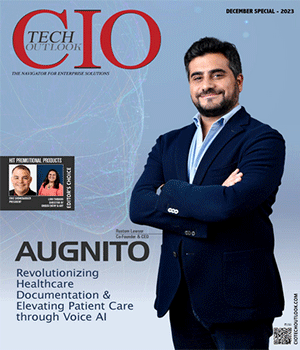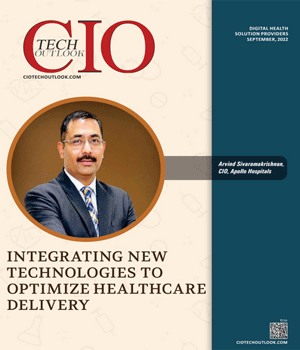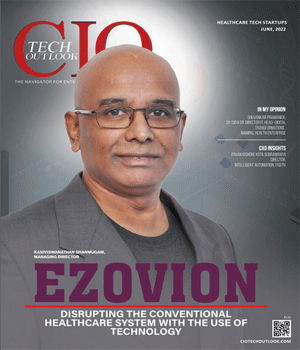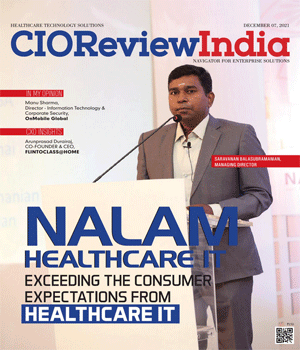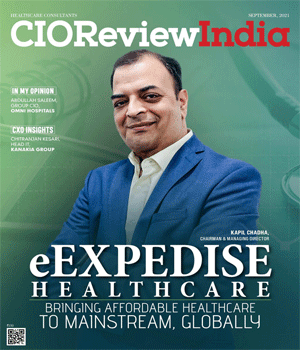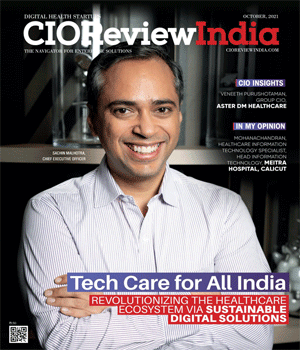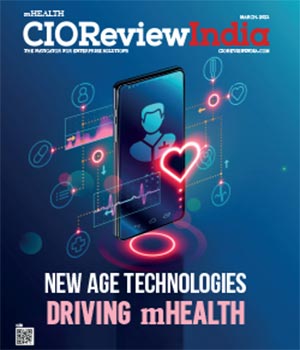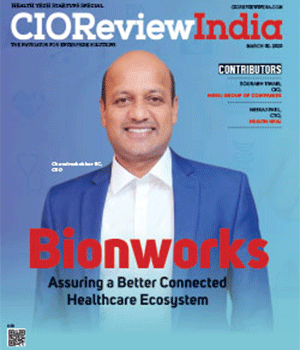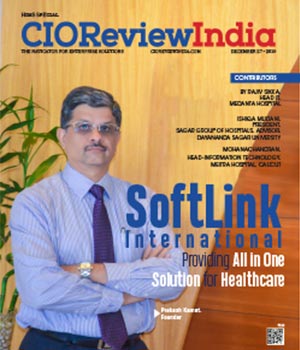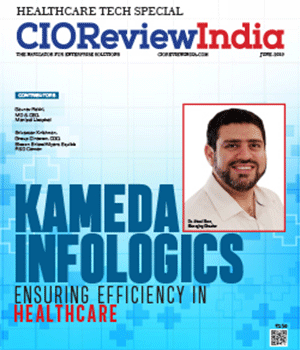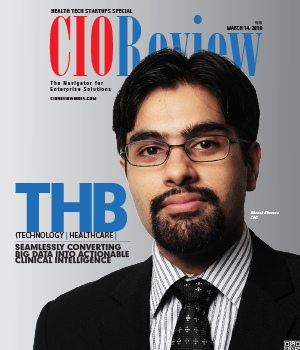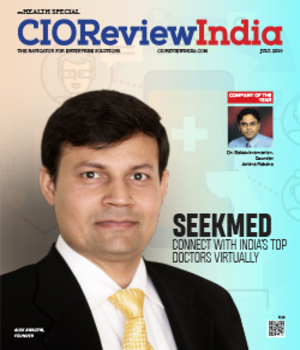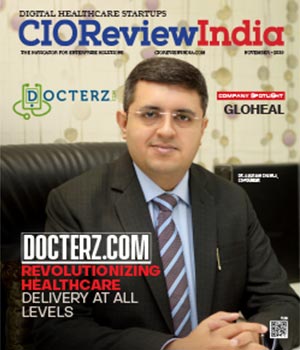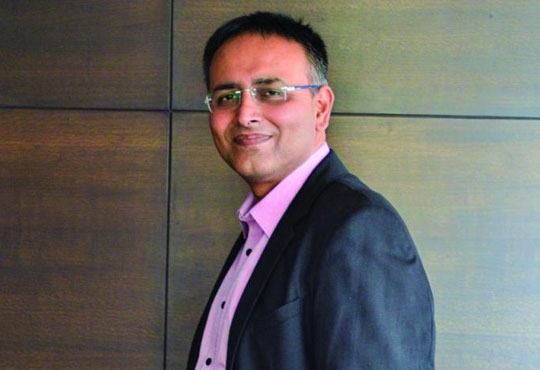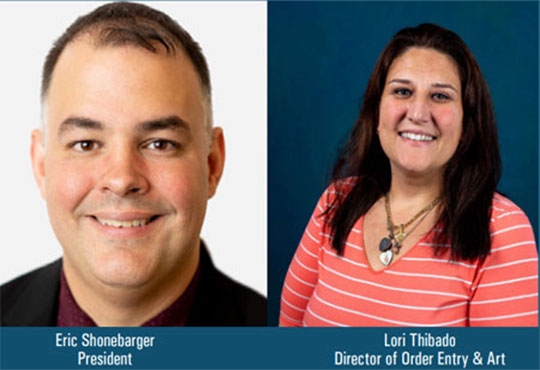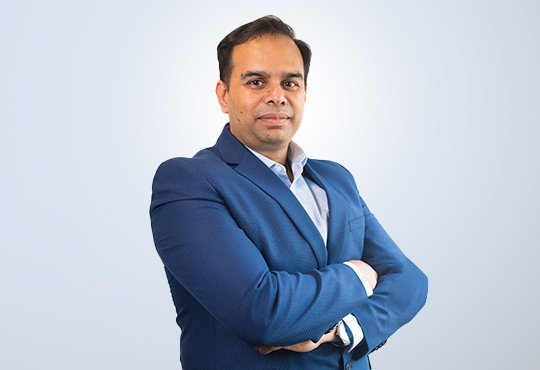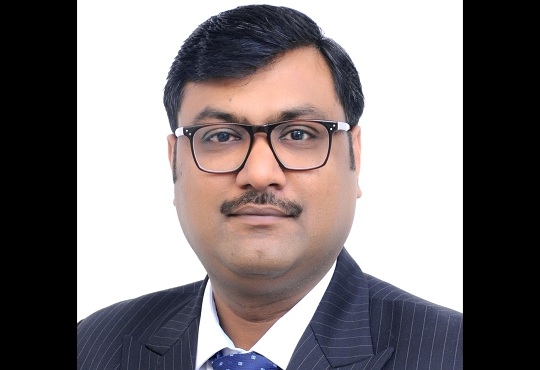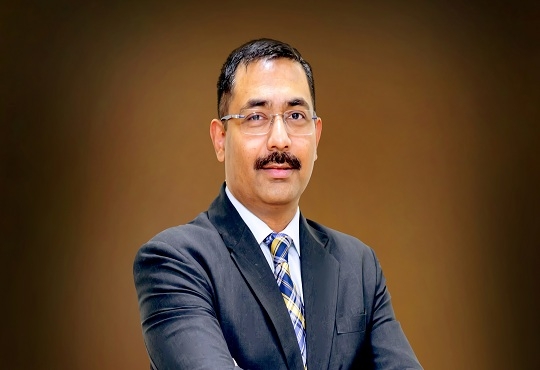
Pandemic Impact & Solutions - Healthcare Information Technology
Mohana Chandran, Head-Information Technology, Meitra Hospital | Tuesday, 01 June 2021, 13:49 IST
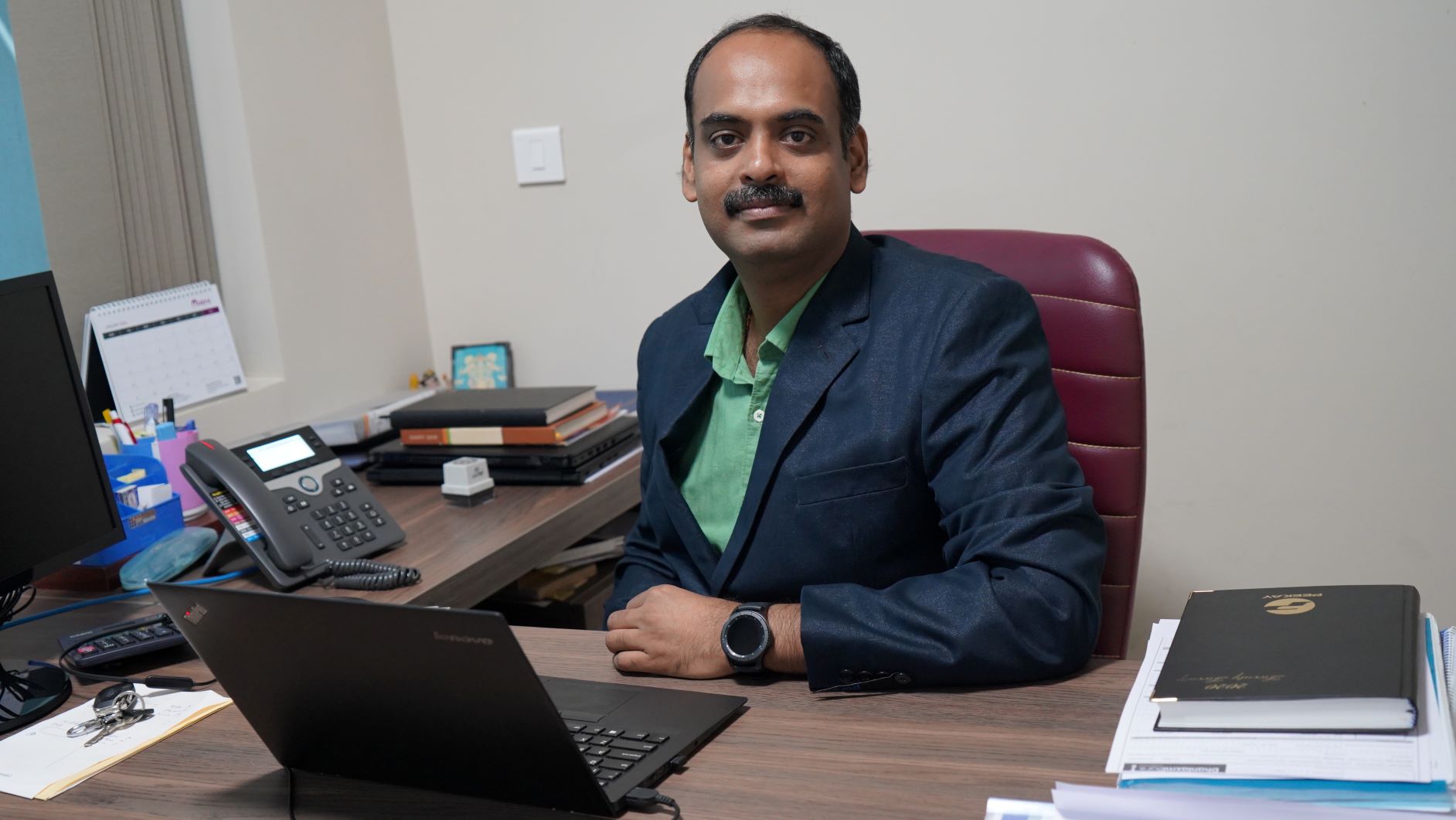 Technology in healthcare has been in its transformational phase for the last two decades, but the same was pushed quickly due to the rise of the covid-19 pandemic. We should say that the technologies which could have been taken another 10 more years to get implemented, was put in place urgently due to the change in conventional patterns in people's movement and connectivity. I would like to brief some of the healthcare technologies which came up and sustained through this period, and which could continue in the future even if life is back into normal. Adoptability of the clinical/non-clinical fraternity on these new technologies should be applauded with great pleasure, as this was the concern at all times in the Healthcare IT world.
Technology in healthcare has been in its transformational phase for the last two decades, but the same was pushed quickly due to the rise of the covid-19 pandemic. We should say that the technologies which could have been taken another 10 more years to get implemented, was put in place urgently due to the change in conventional patterns in people's movement and connectivity. I would like to brief some of the healthcare technologies which came up and sustained through this period, and which could continue in the future even if life is back into normal. Adoptability of the clinical/non-clinical fraternity on these new technologies should be applauded with great pleasure, as this was the concern at all times in the Healthcare IT world.
1.Tele-Consultations
A consultation methodology that wasn’t even thought out or accepted by the world before the pandemic. People always believed in direct doctor consultation which only given them the comfort level of communicating to a doctor in person and feeling his support. When the people were forced to sit at home and medical practitioners were out of reach, many organizations started teleconsultations, which eventually changed like a regular practice today.
1.1 Platform independent Teleconsultation
When the requirement hit immediately, the Healthcare IT world recognized that there are very few well-built solutions for providing teleconsultations to people. Many of them started the process using globally accepted video platforms such as skype, zoom, and teams which were built in for serving another purpose. Due functionally it did its job, there was a gap in the process such as scheduling, intimating, and monitoring. Later on many of the healthcare IT software solutions came up with proper video solutions integrated with the existing HIMS software and the same are accepted worldwide currently. This was a game-changer.
1.2 Device Assisted Teleconsultation
Even though the above-mentioned teleconsultation did its job partially, still the common man’s need wasn’t fully addressed. This is because of the lack of proper technology add-ons in the patient end which couldn’t convey any of the medical conditions to the doctor except a normal video of them. Here came the role of device-assisted teleconsultations, which would transmit the patient vitals, videos, and parameters such as ECG, SPO2, etc. This was widely accepted, but due to the cost of the devices, this couldn’t scale up to homes of the patients, but restricted to some of the spokes/clinics of some major hospitals in the remote areas.
Although the concept and technology were adequate to replicate the physical consultation, this hasn’t got the wider adoption due to the increased cost of devices, setup, and other portability issues.
2. Tele - Medicine
Telemedicine is an extended version of device-assisted teleconsultations, which enables the patient to broadcast his clinical records to consulting physician. This is normally carried out from facility to facility for expert opinion, follow-up visits, surgery follow-ups, chronic disease management, etc. Remote areas with the country have been enabled with expert medical care using this methodology and have proven records in the remote villages in India.
Preventive healthcare support is one widely accepted usage of telemedicine, as it supports people to take support and be successful in leading a healthy lifestyle. Privacy in telemedicine was a concern to the people all the time, hence the solution providers have built-in robust solutions to ensure patient privacy and security of data with modern technology implementations.
3. Patient Wearable Integration.
Even though all the above technologies were in place, there was a challenge in terminally ill or monitoring required patients, as none of these technologies were able to track and monitor the patient parameters in regular intervals and consolidate them into an analyzable format. Here comes the importance of wearable health devices which are popular now among a huge population worldwide. This has been integrated into real-time patient information, for the caregivers to analyze. Each of these wearable device companies owns huge personal health records, but it is a challenge to correlate these data concerning the patient identity and hospital policies on data collection.
4. Tele - ICU
Many of the countries have a huge shortage of intensive patient care, which is a critical area of the patient support. This is due to the lack of proper intensive care infrastructure, lack of highly skilled intensivists, etc. A solution to this was accepted widely during the pandemic era, as briefed below.
Tele-ICU solutions, wherein the expert intensivists of a territory care hospital can monitor beds of other ICU beds using technology. Even if the infrastructure of the recipient clinic is not adequate too, the same can be made visible to the hub hospital with connectivity and some basic devices at the recipient end. Territory hospitals setup command centers to have full-time monitoring of these beds in real-time, and communicate instructions to the recipient facility. This made a huge transformation in increasing the ICU beds in remote undeveloped hospitals, with the best care provided to the patients.
5. Tele-Surgery
Tele surgery is another evolved technology by which the surgeries could be aided in remote areas by the expertise of doctors in the larger healthcare facilities. This is achieved through some software solutions wherein the remote doctors can view the surgery live and provide instructions as and when required. This increased the expertise of the clinicians and enabled them to carry out complex surgical cases in remote locations, which proper aids.
Connectivity is the only dependency to implement this technology, and that is available across the world nowadays. There are many known and robust solutions in this space that are widely implemented in many healthcare facilities in many countries.
6. Increasing Cloud Infrastructure
Healthcare facilities have started to move to the cloud to cater to various IT implementations. Due to the huge data growth and volume and scalability challenges, hosting a HIMS in-house has challenges considering infrastructure and storage costs and also the portability of data.
Most of the HIMS products have been migrated to cloud-based technologies to ensure that the cloud strategies of organizations are taken care of and the same is accessible to the right patients through proper security measures.
7. Patient connect through Mobile Apps.
Usage of Mobile apps was one of the increased patterns in the internet space, due to more people adopting smart devices in their personal space. The Healthcare world also exploited this opportunity, to built native mobile apps for their hospital, which would enable patients to get the doctor schedules, services, teleconsultations, and clinical records. This is well accepted by the regular patients of a hospital, as the information is available anytime with them.
Initially, hospitals used to depend on the common platform apps, which would cater to multiple doctors across different facilities in a city, but due to the loss in focus to the specific brand, this has been moved into native mobile apps of their hospitals.
8. EHR optimization and accessibility
EHR optimization is a process of refining EHR to serve care-providers own requirements and lead to focus on clinical productivity and efficiency. This includes access of the records to patients anywhere as a portable health record digitally. Major areas are
· Reduce information overload in clinical notes.
· Specialized clinical workflows
· Health IT tools to improve usability.
· Involve nursing informatics.
· Integrate pump device data to EHR
CIO Viewpoint
Integrating New Technologies to Optimize...
By Abhrasnata Das
Quantum Shift in Healthcare Driven by...
By Abhrasnata Das
Product Adoption: Realizing The Real Value
By Ashish Pandey, CIO, GSK Consumer Healthcare India
CXO Insights
HIT Promotional Products: Fostering Empowerment...
By Eric Shonebarger, President & Lori Thibado, Director of Order Entry & Art
Addressing the Data Management Challenges in...
By Richa Singh
Elevating Patient Experience with Remote...


